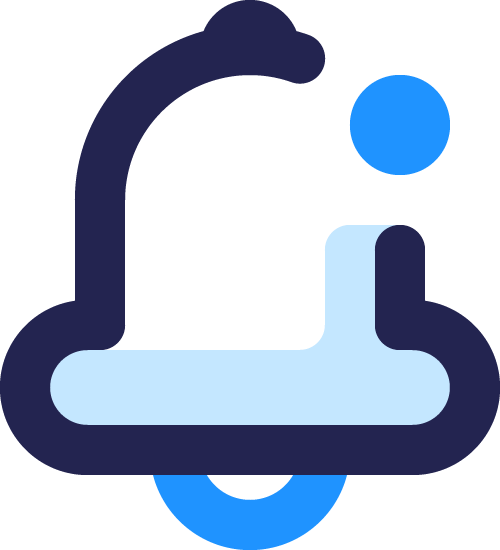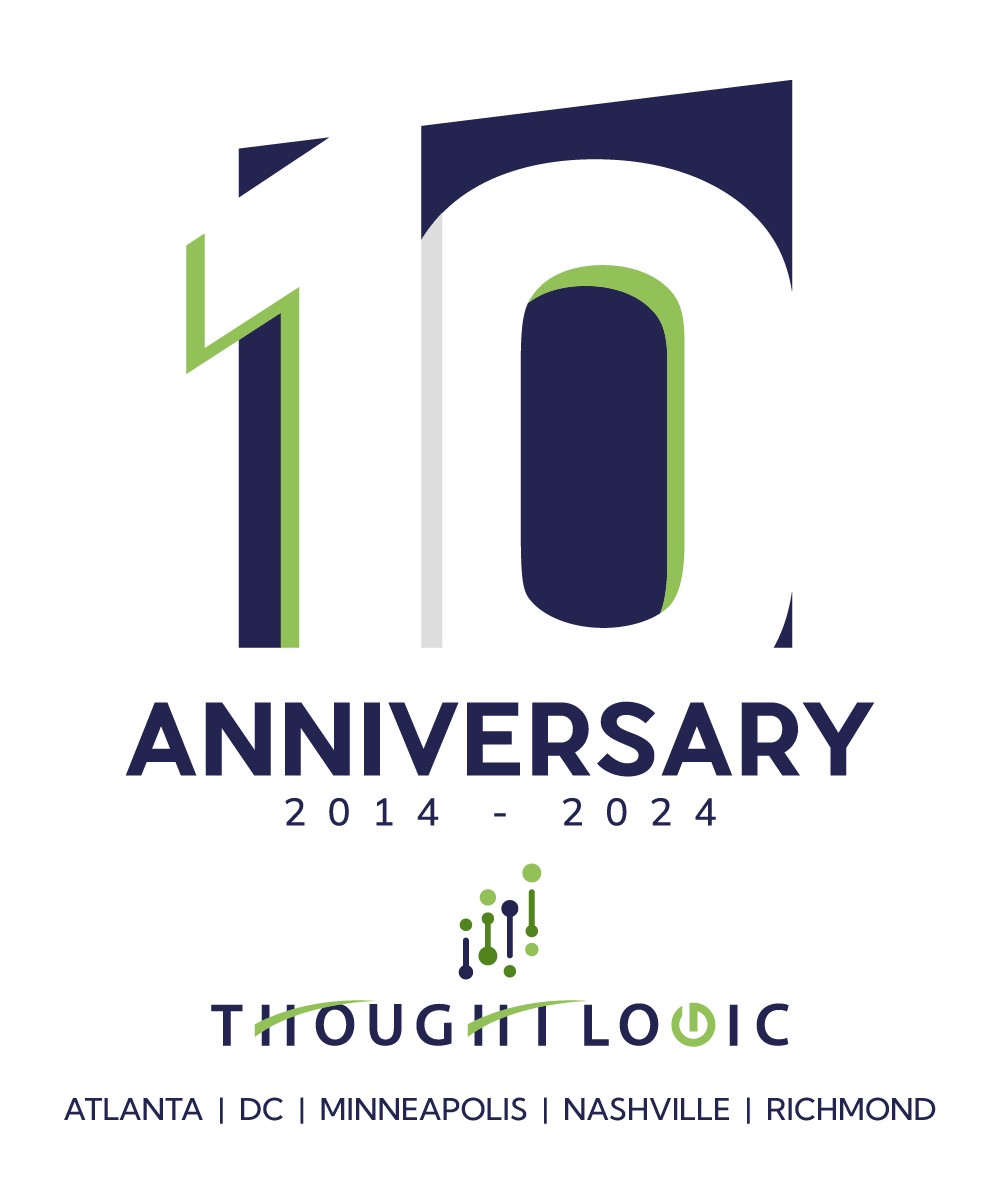The Team Effect: How to Minimize Resistance Through Team Connections
Today’s employees are exhausted as they continue to perform in an ever-changing post-pandemic world. It seems every quarter brings employees new or differing levels of uncertainty. Companies can support employees’ abilities to adapt to change through implementing 360 team experiences. This minimizes negative effects on the employee through interpersonal interactions and increased engagement.
With the rebound of the economy, organizations are making up for lost time by opening budgets to support technological and organizational initiatives – moving and changing faster than ever. As employees did not allow for sufficient recovery time from the pandemic, their ability to adopt change has decreased. According to Gartner, employees’ change tolerance has decreased 50% from what it was pre-pandemic. Studies show that even smaller changes, such as moving to a new team or getting a new manager, tend to impact employees 2.5 times more than larger, more structural changes, such as a merger or acquisition.
The pandemic also brought the necessity of “work from home”. With reentry into the workplace for many companies, the desire for collaboration has skyrocketed. Statistically, 75% of employees rate teamwork and collaboration as very important, 86% of employees in leadership positions blame lack of collaboration as the top reason for workplace failures, and on average, employees are 17% more satisfied with their job when they engage in collaboration at work.
Teaming fosters collaboration, increases interpersonal engagement and energy, and offsets fatigue from continuous change. When teams have an opportunity to collaborate, an interpersonal bond is created through experiences that foster trust and cohesion, often leading to effective and efficient performance coupled with higher engagement, and oftentimes some fun. For organizations, this also leads to higher morale and retention.
But as business and market conditions are cyclical, teams also operate in a cyclical nature. Teams are formed and reformed to organize the right talent and experience around programs and initiatives that move the business forward and achieve business goals. Teaming does enhance employee experience and retention, but learning how to work with new team members, rebuilding trust, upskilling or learning a new role, and reestablishing confidence with a new manager require additional energy. This cycle of project formation and reformation creates additional fatigue.
Thought Logic partners with clients to continue their business journey, completing programs and projects to enable additional capability, capacity, effectiveness, collaboration, innovation, etc. As one program or initiative is completed, another is initiated to continue forward progress. According to Ford and Ford, when a new project or change is announced, employees often develop a sense of angst and fear, perceiving the change as an unfair act because they do not understand or are unaware of the potential benefits associated with the change.
To minimize the potential negative energy and associated effects around the change, Thought Logic recommends deploying the Team Effect to motivate employees through change. The Team Effect focuses on positive energy and cohesion through interpersonal interactions that encourage personal growth, deliver higher productivity, increase job satisfaction, and reduce stress. The Team Effect occurs at three levels:
- Individual Level – Focus on individuals’ strengths and motivations
When transitioning employees into new roles or programs, gain an understanding of the strengths, motivations, and career growth aspirations of the employee. Managers should seek opportunities within the new role/program to leverage and stretch those strengths and motivations. This increases employee engagement and morale as employees quickly become valued contributors to the team. Feeling valued increases an employee’s motivation to contribute to the team’s success. In fact, Great Place To Work analyzed 1.7 million employee survey responses gathered between 2018 and 2020 across small, mid-sized, and large companies. While other themes like autonomy and inspiration surfaced, recognition was the most common theme that emerged from responses. - Team Level – Keep thriving teams together
Familiarity is central to performance success. One study found that cardiac surgeons performed significantly better (as measured by patient mortality) when they conducted more procedures at the same hospital vs. different hospitals. Becoming familiar with the team led to improved outcomes. Creating a high-performing team takes a time investment for learning and improving as a cohesive unit. Teams perform better once they have established roles and responsibilities and are familiar with each other’s strengths, communication preferences, and collaboration styles. To maximize the investment once a team is formed and performing, organizations should consider keeping performing teams intact. Due to the team’s established dynamics and familiarity with one another, they are more likely to create innovative solutions from their collective talent and knowledge. Feelings of accomplishment continue to boost team energy and morale to get through the tough times. Effective teaming builds competitive advantage for the organization as teams can transition more quickly from project to project – becoming productive more quickly and accelerating speed to outcomes. - Organization Level – Build organizational networks
The Team Effect even goes beyond the team. Teams can be created not only within projects, but also across organizations. Company affiliations (such as Employee Resource Groups/ERGs, Business Resource Groups/BRGs) and professional networks (such as centers of excellence and communities of practice) can extend the connections that can excite and motivate team members. In addition, mentor programs can also provide those connections outside of project team dynamics by allowing mentors to act as coaches, teachers, and career navigators to mentees and expand interaction opportunities. This Forbes study clearly demonstrates building relationships through networking is the key to building trust and loyalty amongst all of your business connections. The more ways that employees can define their team(s), the more engagement and trust they build throughout the organization.
As the economy and workplace landscape continue to shift and change following the pandemic, employees are faced with some level of uncertainty. Coupled with the disruption of technology and organizational initiatives, employees are having even more angst. The Team Effect works to minimize negative effects on the employee through interpersonal interactions and increased engagement. The three levels of The Team Effect allow employees to gain confidence and trust and be able to add value to the organization at various levels of the organization. The business world and organizations are changing rapidly. Companies can support employees’ ability to adapt to change by providing opportunities and maintaining employee-trusted collaboration teams and networks.
Authors

About People + Change
Thought Logic’s People + Change smartSolution helps businesses reimagining the power of people to excel in an environment of continuous change.

Sign up to receive future Insights in your email box.
Never miss an update.









